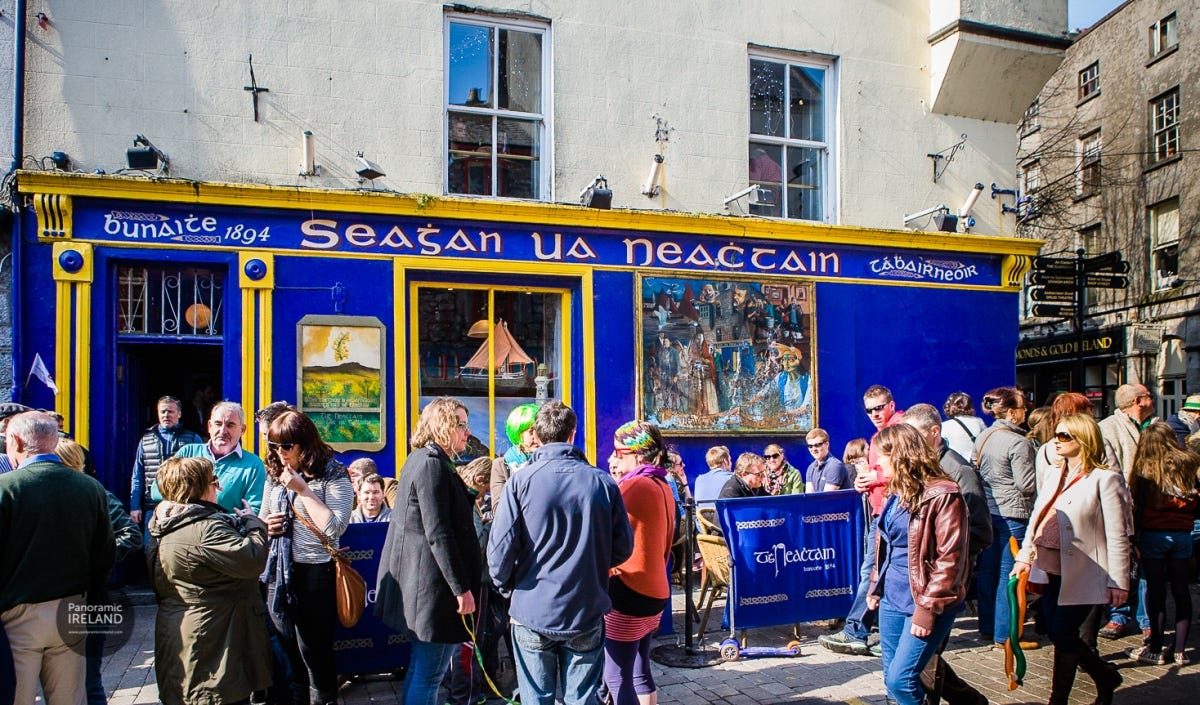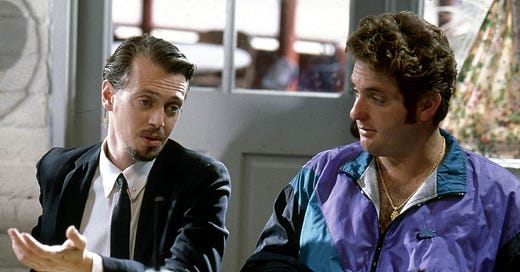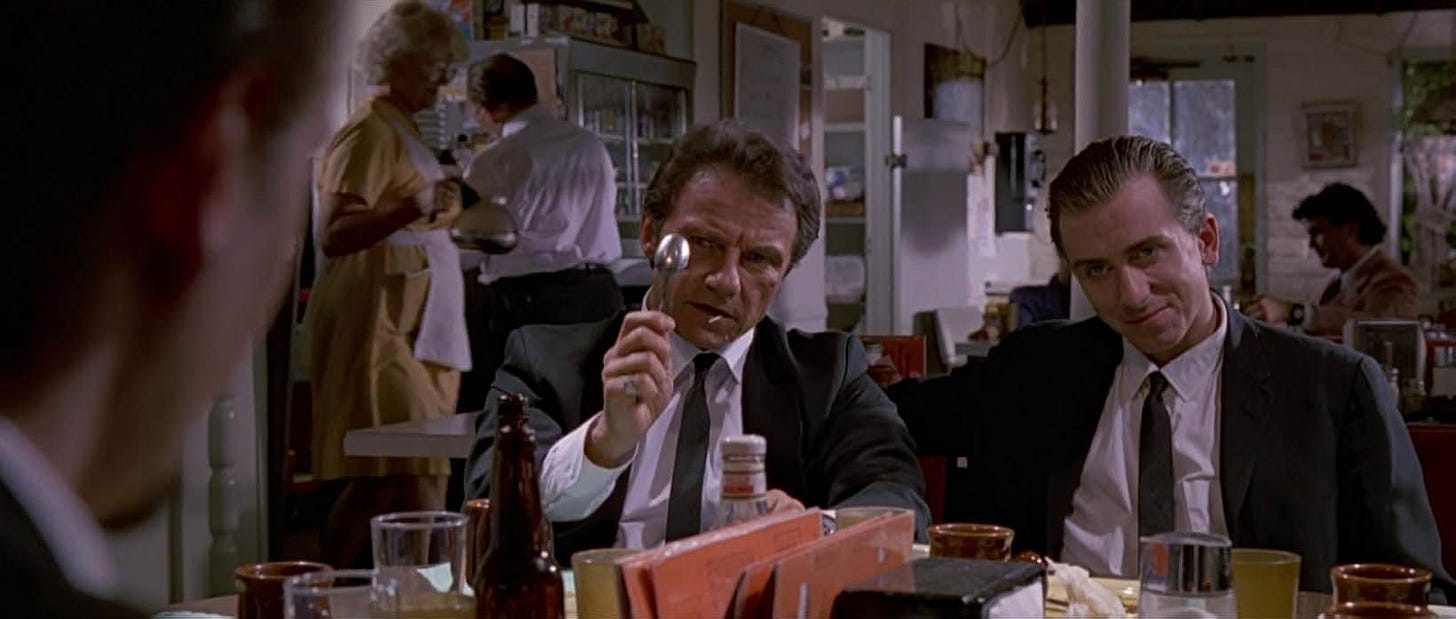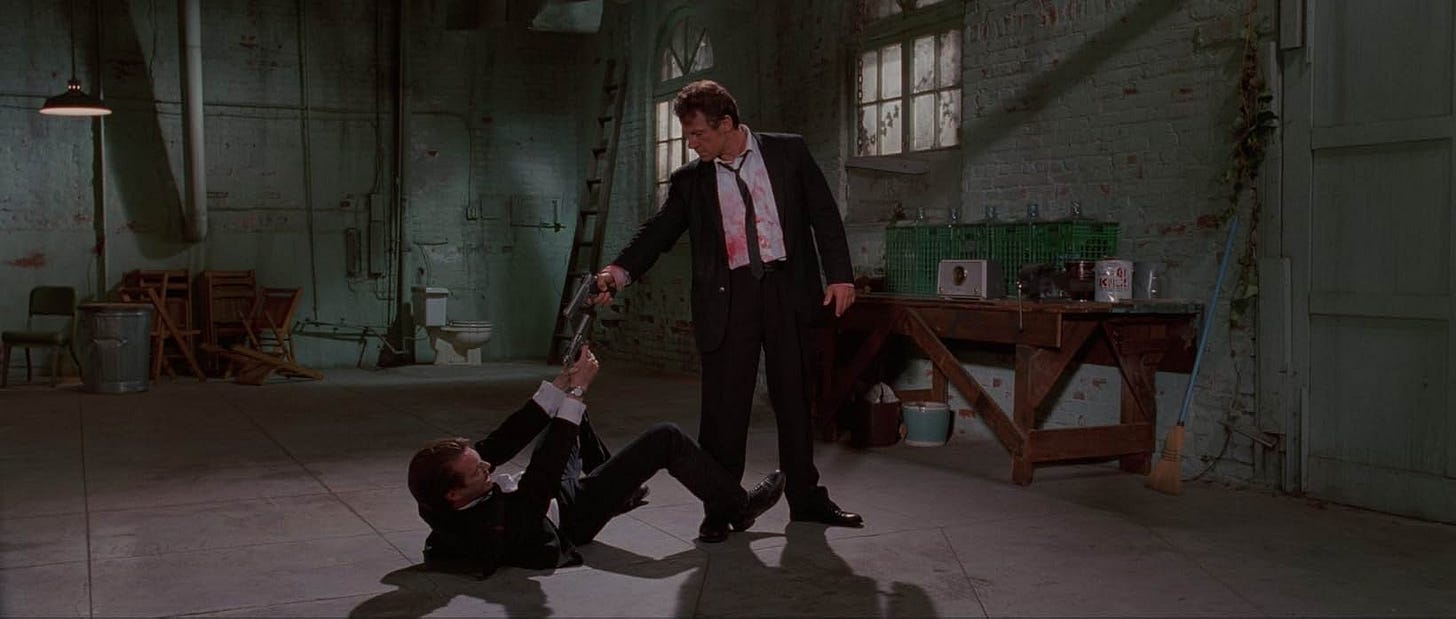A Tipping Point in America’s Awkward Gratuity Guilt
Once a quiet thank-you — tipping is now a digital demand from Ubers to vending machines. The Reservoir Dogs rant has become a generational standoff over fairness, guilt and the price of U.S. service.
Before any blood is spilled in Quentin Tarantino’s Reservoir Dogs, his razor-sharp dialogue delivers a masterclass in character and cultural commentary — all over breakfast. His 1992 film opens with a group of suited criminals dissecting Madonna lyrics and, more memorably, American tipping culture. Their conversation belies their real identities as cold-blooded hitmen and sets the tone for the carnage to follow.
Steve Buscemi’s Mr. Pink appals the table with a stridently unapologetic declaration:
“I don’t tip because society says I have to. All right, if someone deserves a tip, if they really put forth the effort, I’ll give them something extra. But I mean this tipping automatically — it’s for the birds. As far as I’m concerned, they’re just doing their job.”
His argument — that tipping should be earned, not expected — quickly clashes with Mr. White (Harvey Keitel), who fires back with a working-class reality check:
“Waitressing is the number one occupation for female non-college graduates in this country… and the government taxes their tips — that’s fucked up.”
Their breakfast-table standoff still echoes across American diners and digital payment screens today. Tipping, once a small gesture of thanks, has morphed into an awkward social contract — one that leaves many Americans unsure when to be generous and when they’re being guilted. Their exchange exposes a deeper cultural tension: that blurred line between generosity and obligation, between service and survival.
Growing up in the west of Ireland, our large farming family lived frugally — as did our neighbours. Before the advent of the Celtic Tiger economy, going to a restaurant was a rare treat and tipping usually amounted to a few coins discreetly left by my mother beside the salt and pepper shakers as we noisily filed out to our Nissan Vanette with full bellies (and empty pockets).
As a student, I worked a summer job as a Céide Fields vistor centre tour guide, high above the Atlantic ocean and some of the largest sea-cliffs in Ireland. There I led busloads of Irish-American tourists to examine the excavated Neolithic settlement (i.e. holes in the ground with stones in them, as some locals wryly observed), through swarms of midges and curtains of mist. Despite my witty, informative and occasionally accurate recounting of 5,000 years of North Mayo history, I rarely saw a tip. Not that I expected one — I was on a state salary after all. Yet, I enviously listened to friends who worked in bars or hotels, marvelling at garrulous “Yanks” who tipped generously, almost naïvely, in contrast to polite “Europeans” who would sit quietly, seven to a bottle of 7-Up, all night — while enjoying “ze craic”.

Fast forward to my first months after arriving in Los Angeles a decade ago, when a friend confused me completely with an elaborate cash tipping formula based on tax applied and whether or not alcohol was involved — something like a dollar per beer but 12.5% to 15% for food. This was an alien culture for me, even as tipping had become more common in Ireland — at restaurants and salons in particular — but it still feels like a reward for service there, not a mandatory charge.
Ten years and one pandemic later, that formula has gone out the window. Today, tipping demands are delivered by a server with a glowing tap-and-pay machine, which gives you no choice but to pick: 18%, 20%, 25%, or even a wild 30% — or, for the truly bold, “custom amount”. Not even Mr Pink would try pressing that option — with the barista watching behind unsmiling eyes.
I’ve stood there, eyes avoiding my server, tensely facing a screen that forces me into a Solomon’s choice between 25% and embarrassment. This is the age of “tipflation” — when 20% is considered the floor, not the ceiling.
Turns out I’m not alone. A recent Bankrate survey reports that 41% of Americans believe tipping culture has “gotten out of control,” up sharply from 35% the previous year. Nearly two-thirds of respondents said they hold negative views about tipping — many argue that employers, not customers, should be paying fair wages.
The rise of “tip creep” is eroding the once-clear line between service and gratuity. The Guardian newspaper recently noted tip prompts in the most unexpected places, including: “Self-checkouts, drive-throughs, hotdog stands, drug stores, a bottled water stall at a jazz festival, an airport vending machine, a used bookstore, a cinema box office — even a children’s arcade.”
Last year, in a small New York take-out café, my wife bought a bottle of water from a fridge, only to be prompted for a tip by an employee who never even touched the drink. I was once asked for a 10% gratuity while booking a photographer for headshots — before a single photo was taken or discussed. Meanwhile a month ago, a theatre bar attendant handed me a crazily expensive bottle of beer with a tip recommendation of 25%, beside free glasses of wine. It left a bad taste in more ways than one (or three).
When I complained about this to a young actor friend in L.A., he hit me with the moral argument: service workers barely survive in this economy. Fair enough, I countered, but surely by removing the truly discretionary aspect of tipping, it means that people most expected to tip are often the ones least able to afford it. He wasn’t having it.
“You’re being a Minimalist Queen, Liam,” he retorted. A stinger, made worse by the fact I had to Google what Minimalist Queen meant.
But it turns out I may be more in tune with younger generations than my friend was (albeit solely on this issue). Generationally, tipping is losing ground. Only 25% of Gen Z and 45% of Millennials (think under 45 years old) always tip their hair stylists, compared to older generations, with 67% of Gen X and 71% of Boomers doing the same. Many younger adults see tipping as an unfair relic that props up low wages with social guilt, especially in a gig economy. In fairness, I do think financial liquidity could also have something to do with it. Older people tend to have more money.
Unsurprisingly, American politicians are weighing in. Both Kamala Harris and Donald Trump made campaign promises to eliminate taxes on tips. The U.S. Senate recently passed the “No Tax on Tips Act”, a bipartisan bill that would exempt tips from federal income tax. While this sounds like a win for waitstaff, critics argue it’s a band-aid on a broken system — one that treats tips as sacred while letting employers off the hook.
Either way, expect tip prompts to get bolder and default amounts to keep creeping higher — as businesses find creative ways to not pay tax on wages — especially as servers and bartenders can legally be paid a much lower base wage — as low as $2.13/hour federally — as long as tips bring their total earnings up to at least the minimum federal wage of $7.25 per hour.
As for Mr. Pink? He was the only one to escape the warehouse shootout in the film’s now-iconic Mexican standoff, where every gun was pointed at someone else. But if Reservoir Dogs were set in 2025, he probably wouldn’t have made it past the first scene — likely to have been shot on sight for refusing to tip.
Originally published in the Western People, 10 June 2025








